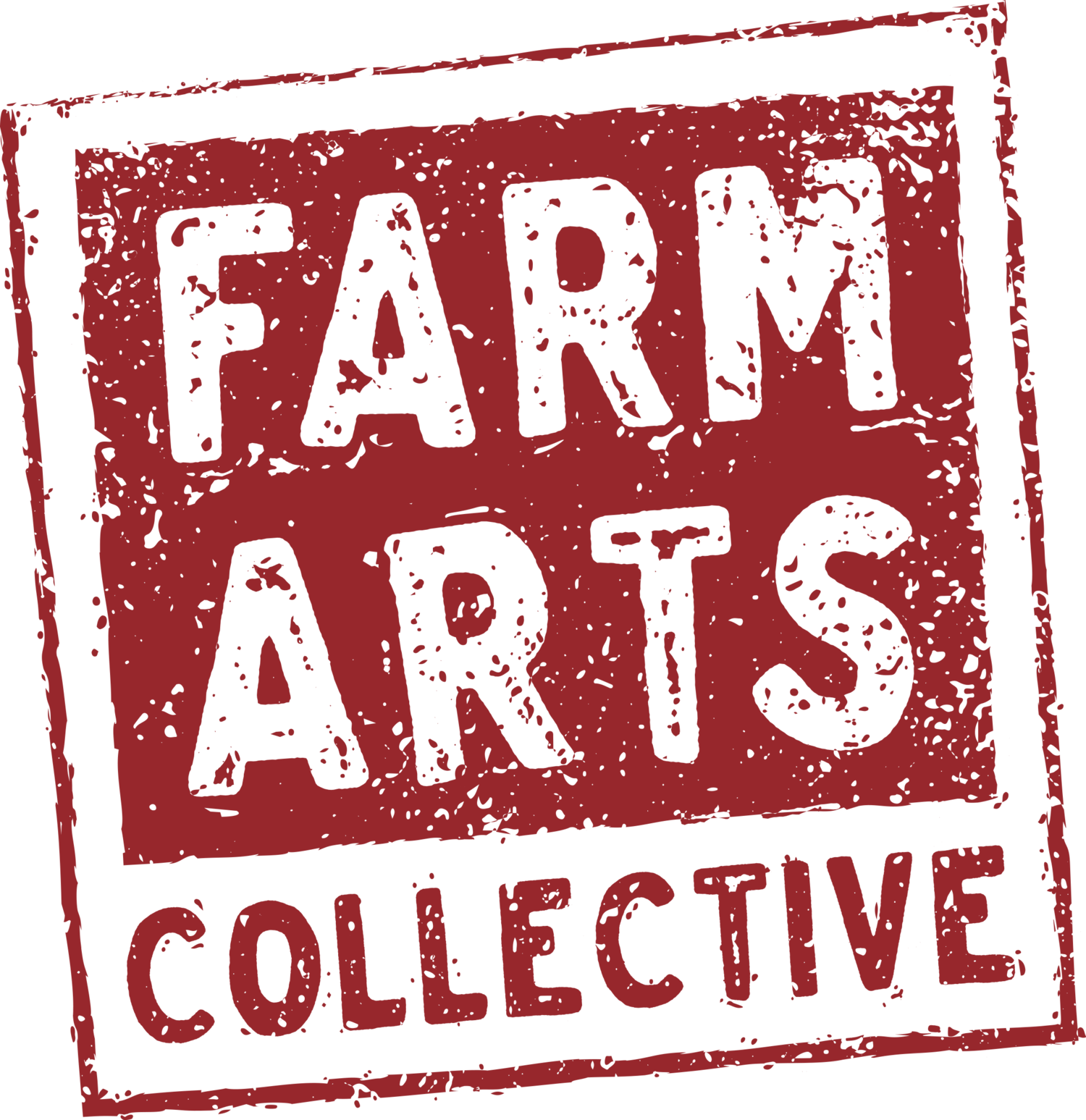
Land Acknowledgement
History of the Land
The land on which Willow Wisp Organic Farm and Farm Arts Collective reside is rich in Upper Delaware River history.
Originally occupied by the Lenni Lenape, the area that stretched from Callicoon to Minisink was known as Cushetunk. The specific locale of the farm was a place the Lenape used for settlements, fishing, hunting, and growing crops of corn, beans, and squash. This area was later named after the great Lenape chief Tamanend, or Tammany, and is today known as Tammany Flats.
Like any kind of organized presence, the Lenape (actually the Munsee branch of the Lenape) left the area around 1730. This was about 25 years before any permanent European settlement began and was probably more about their ongoing war with the Seneca (an Iroquois tribe from upstate New York) than about anything to do with the white man. Obviously, some individuals stayed behind, and we do have anecdotal accounts of interactions (mostly, but not always, friendly) between the earliest European settlers and the Munsee.
In the 1750s a contingent of Connecticut farmers, finding the western part of that state too crowded, arrived at Cushetunk to establish agrarian lives. Joseph Skinner was the leader of this group – the Delaware Company – and he built the first house there. His son Daniel built his own house on about 25 acres he called Ackhake. Daniel Skinner went on to start the first industry in the Upper Delaware Valley – lumbering -- by cutting the huge, straight pine trees, assembling them in long rafts, and piloting them down the Delaware to Trenton and Philadelphia to be used as masts for tall sailing ships.
The log-rafting trade caught on, and after Daniel Skinner’s first trip in 1764 many other raftsmen took up the occupation. Daniel Skinner was known as the Lord High Admiral of the Delaware, and other raftsmen were required to pay him a duty of one bottle of wine. Skinner is reputed to have been buried somewhere on Tammany Flats, but the exact location has been lost to history.*
Agricultural activities continued on this stretch of riverfront through the 19th Century, the river bottomland being enriched by the spring freshets and other floods.
In the 1960s the property became known as Hickory Lane Farm due to the shagbark hickory trees that lined the driveway. A half-mile horse track was installed, to serve as an overflow practice track for the Monticello Raceway.
In 1968 the Freda family from Callicoon bought Hickory Lane Farm to serve as an adjunct to their Upper Delaware Campgrounds on the New York side of the river. Horseback trails ran throughout the property and up Conklin Hill. The Fredas also continued the agricultural efforts on the land by growing sweet corn and extensive gardens.
In the early 1980s, the Fredas sold Hickory Lane Farm to a long-term camping family, the Kaufmanns, who continued to operate the stables and the campgrounds. In 2017, Greg Swartz and Tannis Kowalchuk purchased the property and relocated Willow Wisp Organic Farm there.
*When the Freda family moved into the Hickory Lane farmhouse in 1969, there were two gravestones propped against a tree in the back of the house. One of those stones was inscribed with Daniel Skinner’s name.
From the Damascus Township Comprehensive Plan:
Hickory Lane Farmhouse (Skinner Homestead) - Probably the most historical house in the Township. It is an interesting tripartite farmhouse comprised of a two-story federal-style structure erected ca. 1790 - 1820, a two-story part whose stylistic details ambiguously date to ca. 1820 (Greek Revival), and a 20th Century one-story end section. The southern and central sections of this architecturally interesting farmhouse probably were occupied by members of the locally important Skinner family after 1795. Originally, the general locale was known as "Arcktake" (or "Ackhake") but was later renamed Tammany Flats. The house of Daniel Skinner, the old "Admiral of the Delaware", burned down in 1788-89 and was replaced by a tavern erected by his son Reuben Skinner at the same site. Reportedly, beginning in 1800, meetings were held in Daniel Skinner's house on the flats. Nearby to the north is the lost gravesite of Daniel Skinner, in an early cemetery long ago destroyed by flooding. (Located on Tammany Flats, east of River Road).
Written by Joe Freda
Additional text by John Conway
Sources:
Sullivan County Democrat, April 1, 2022, RETROSPECT by John Conway, Sullivan County Historian
Damascus Township Comprehensive Plan, adopted June 19, 1995.
